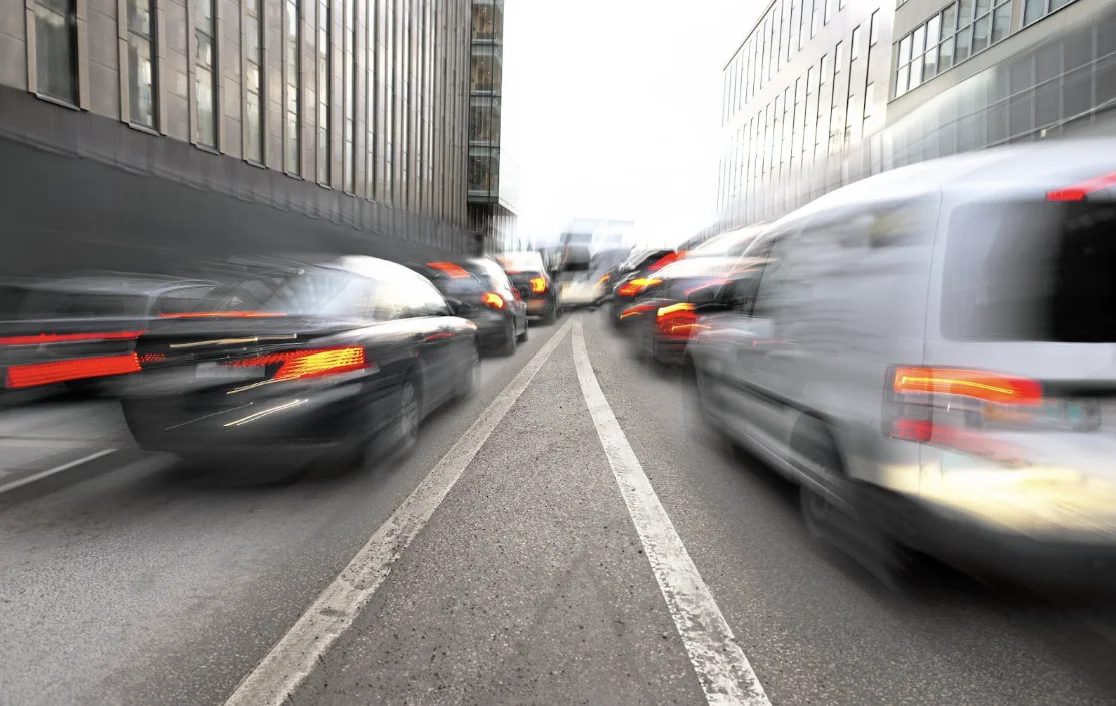Driving safely on busy roads requires awareness and a proactive approach to avoiding potential accidents. One of the most common situations where accidents occur is during lane merging. Knowing how to merge safely is crucial when entering a highway, changing lanes, or preparing for an exit. This article provides a straightforward guide to handling these situations easily and confidently.
Understanding Merging Dynamics
Merging might seem simple, but it’s often misunderstood. Many accidents happen because drivers assume others will make space for them. This assumption can lead to risky maneuvers and unexpected situations, which might catch drivers off guard. The key to safe merging is never to assume that other motorists will accommodate you. Instead, adopting a defensive driving approach can significantly reduce the risk of collisions.
General Principles for Safe Merging
Defensive driving involves being prepared for potential hazards before they occur. This is particularly crucial for operators of commercial vehicles or those towing trailers, since the additional weight can complicate quick maneuvers and stopping. Below are some fundamental principles that all drivers should adhere to:
-
Adjust Your Speed
Matching your speed to the traffic flow is crucial before merging onto a highway. This makes it easier to find a safe gap to enter.
-
Yield and Find Gaps
Always yield to the traffic already on the freeway. Look for a three to four-second gap in traffic to merge smoothly. Don’t stop unless necessary; this can cause traffic jams or accidents.
-
Check Your Surroundings
Before changing lanes, check for cars around your vehicle, not forgetting the blind spots. Use your mirrors and turn your head to ensure the lane is clear.
-
Signal Your Intentions
Use your turn signals at least 100 to 300 feet before you merge or change lanes. This gives other drivers time to anticipate your move and react accordingly.
-
Lane Changes
Wait until the solid line ends before attempting to merge. Cross only one lane at a time to keep the maneuver simple and safe.
-
Prepare for Exits Early
If you need to exit the freeway, start adjusting your position well in advance. Move to the far-right lane as you approach your exit.
-
Adapt to Conditions
Maintain the general traffic speed unless weather conditions or the exit ramp design require a slower speed.
-
Passing
If you must pass another vehicle, always pass on the left and ensure you have enough space to return to your lane safely. This is particularly important when passing large vehicles.
Lane Change Laws and Safe Driving Practices
It’s also beneficial to familiarize yourself with the specific laws regarding lane changes in your state. These include restrictions on lane changes at intersections, on bridges, or in no-passing zones. Consulting your state’s driver licensing agency can provide additional insights and help you understand the legal requirements for safe driving.
Zipper Merging Technique
The zipper merge is a particularly effective method during road works or when accidents cause lane closures. This technique involves using both lanes of traffic until reaching the merge area, then alternating vehicles from each lane into the single open lane, much like the teeth of a zipper coming together. The Federal Highway Administration supports zipper merging because it reduces unexpected lane changes, minimizes traffic backups, and promotes a smoother traffic flow.
Conclusion
By understanding and applying these merging techniques, drivers can significantly reduce the risk of crashes, fatalities, and injuries on the road. Safe merging is not just about following rules; it’s about being attentive, considerate, and always prepared. Practice these techniques consistently to become a safer driver and help ensure the safety of all road users. Remember, safe driving starts with you!
FAQs
Can I claim insurance if another driver merges unsafely and hits my car?
Yes, if another driver is at fault in a merging accident, you can file a claim against their liability insurance. If that driver is uninsured or underinsured, your own uninsured motorist coverage, if you have it, can also be used.
What are some tips for merging onto the highway from a stop sign or traffic signal?
Accelerate to match the speed of highway traffic in the acceleration lane, use your mirrors and check your blind spots, then merge when it is safe. Keep your focus forward and avoid distractions during this critical maneuver.
Is it safer to speed up or slow down when merging?
The safest strategy is to adjust your speed to match the flow of traffic into which you are merging. Being significantly slower or faster than the traffic flow can create hazards.
Are there different rules for merging in bad weather conditions?
In bad weather conditions, reduce your speed, increase your following distance, and be extra vigilant about using your indicators and checking your surroundings. Poor visibility or slippery roads can complicate merging maneuvers.
.
Get the right coverage for your car with tutenagency
New tutenagency customers?
Quote auto insurance online or call (334) 502-5111 to insure your vehicle.
Legal Disclaimer: ADVERTISING MATERIAL ONLY. Do not rely on this site or this article for legal or financial advice. The information provided on 210agency.com is strictly for educational purposes and to provide you with general educational information. Since state laws and financial regulations are subject to change, please schedule an appointment with an attorney or qualified financial advisor in your area to further discuss your personal situation. This public information is neither intended to, nor will it, create an attorney-client or financial representative relationship.

